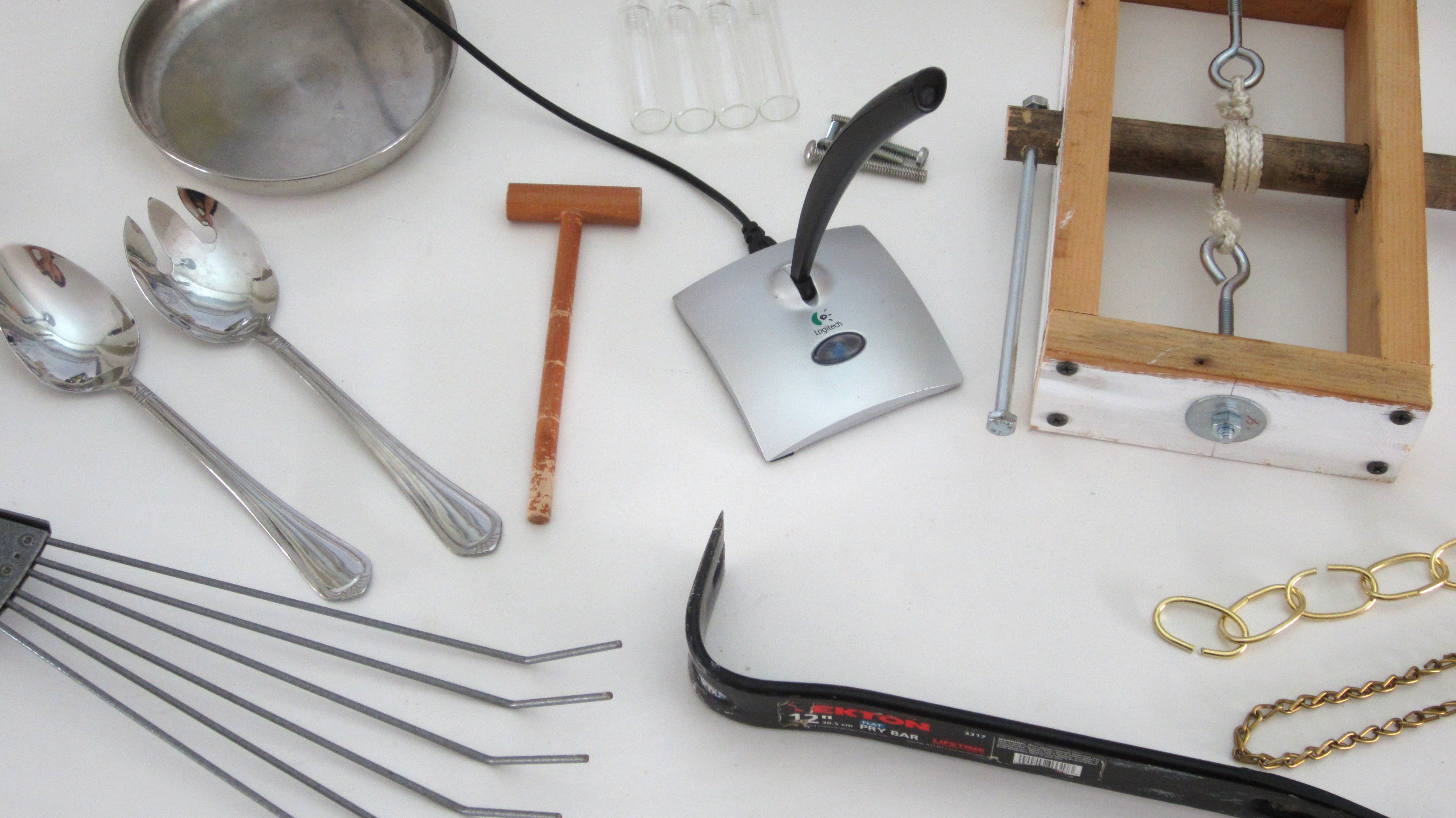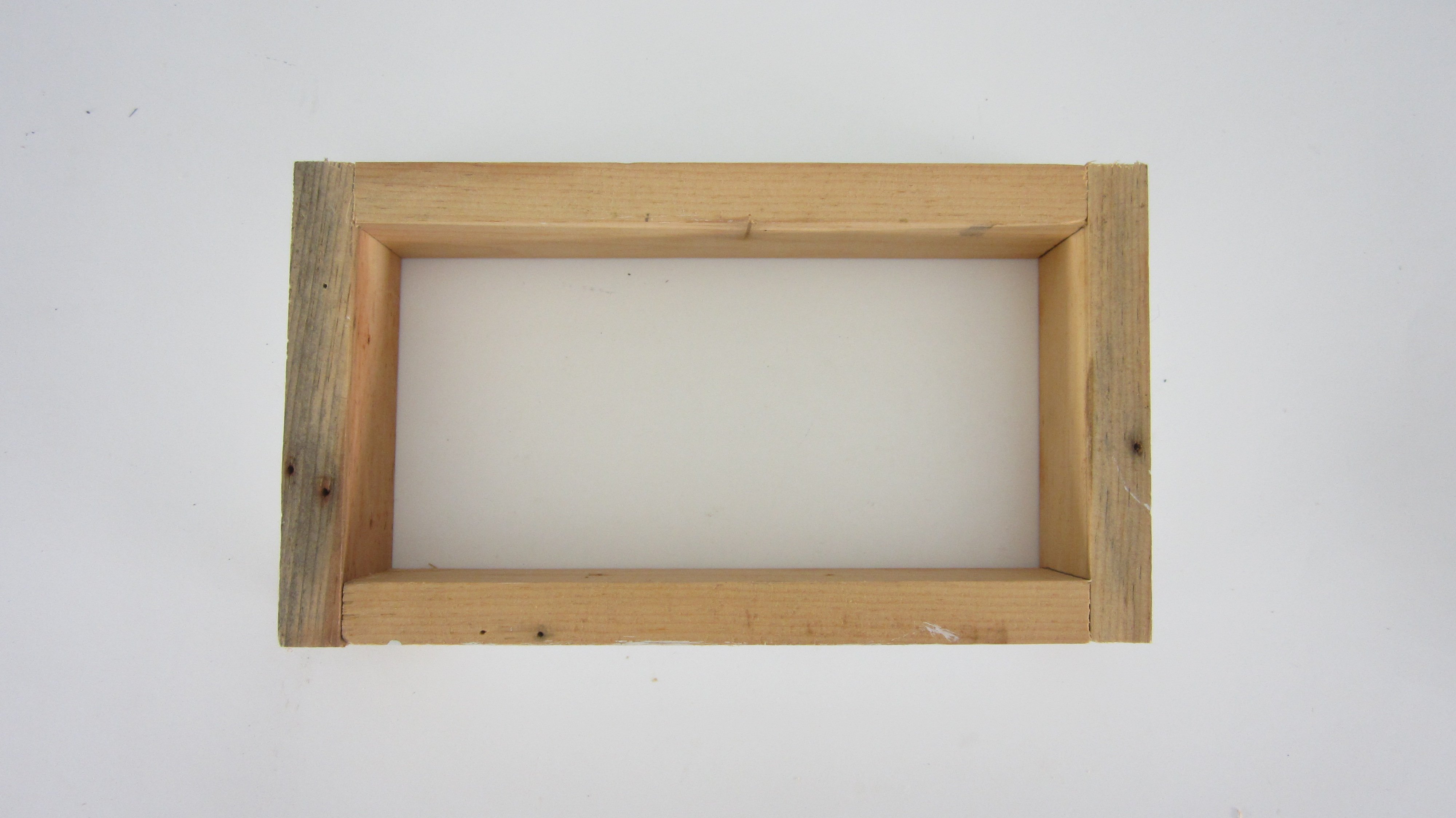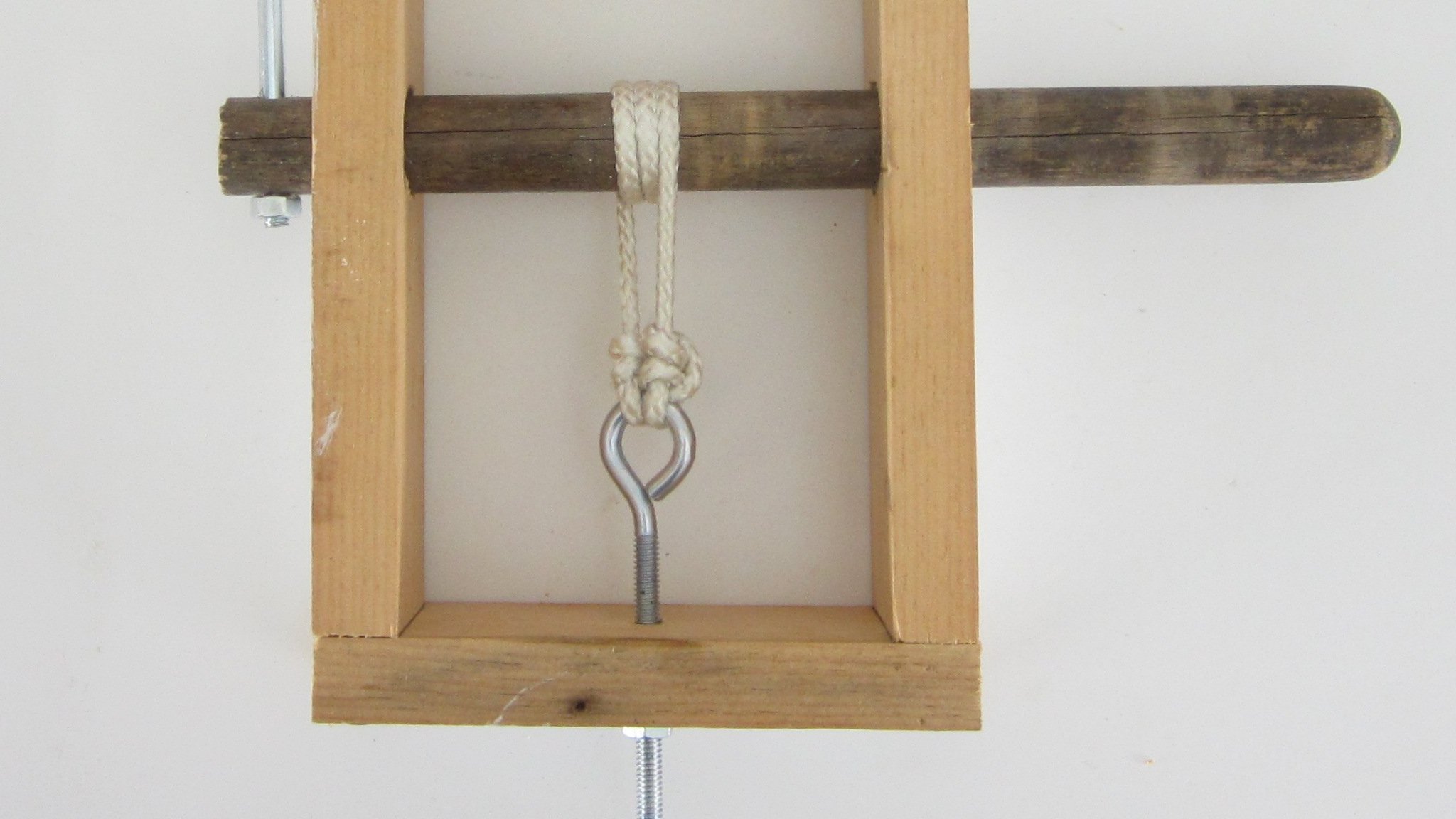Automatically playing a clip of your sound effects can be really useful. But you can also set up a system to automatically create sound effects live. So why would you bother to setup the equipment to make sound effect live instead of just playing a sound clip? Well, a noise that is created right next to you has a fuller richer sound than something that is played out of a speaker. The sound of nails on a chalkboard is much more painful than a recording of the same sound. This technique is especially well suited for haunted houses and theaters.
Many sound effects can be automated using the same methods that you would use to make them in a recording studio. The only difference is that the human operator would be replaced by a motor. For example, you could use a motor to turn your creak box or your wind machine. A motor can also easily scrape two pieces of metal together or drag chains across the floor. Use your imagination. You would be amazed at how many different kinds of sounds you can automate.
Once you have figured out how to make your sounds with a motor, all you have to do is hook it up to a controller so that you can automate it. Once again there are a lot of microcontrollers that you can use, but for this example, I am using the PicoBoo controller.
Start by hooking up your motors to the output relays of the PicoBoo. To begin recording a sequence, press the “REC” button. Then press buttons 1 and 2 to activate the output relays at the desired time. To stop recording press the “REC” button again. To play back the sequence, press the 2 button. Once you are happy with how it is performing, then you can set up the trigger/switch. I hooked up a motion sensor to the “TRIGGER” pins. That way, whenever someone walks into the room, the motors will automatically turn on and create the desired sound effects.



























